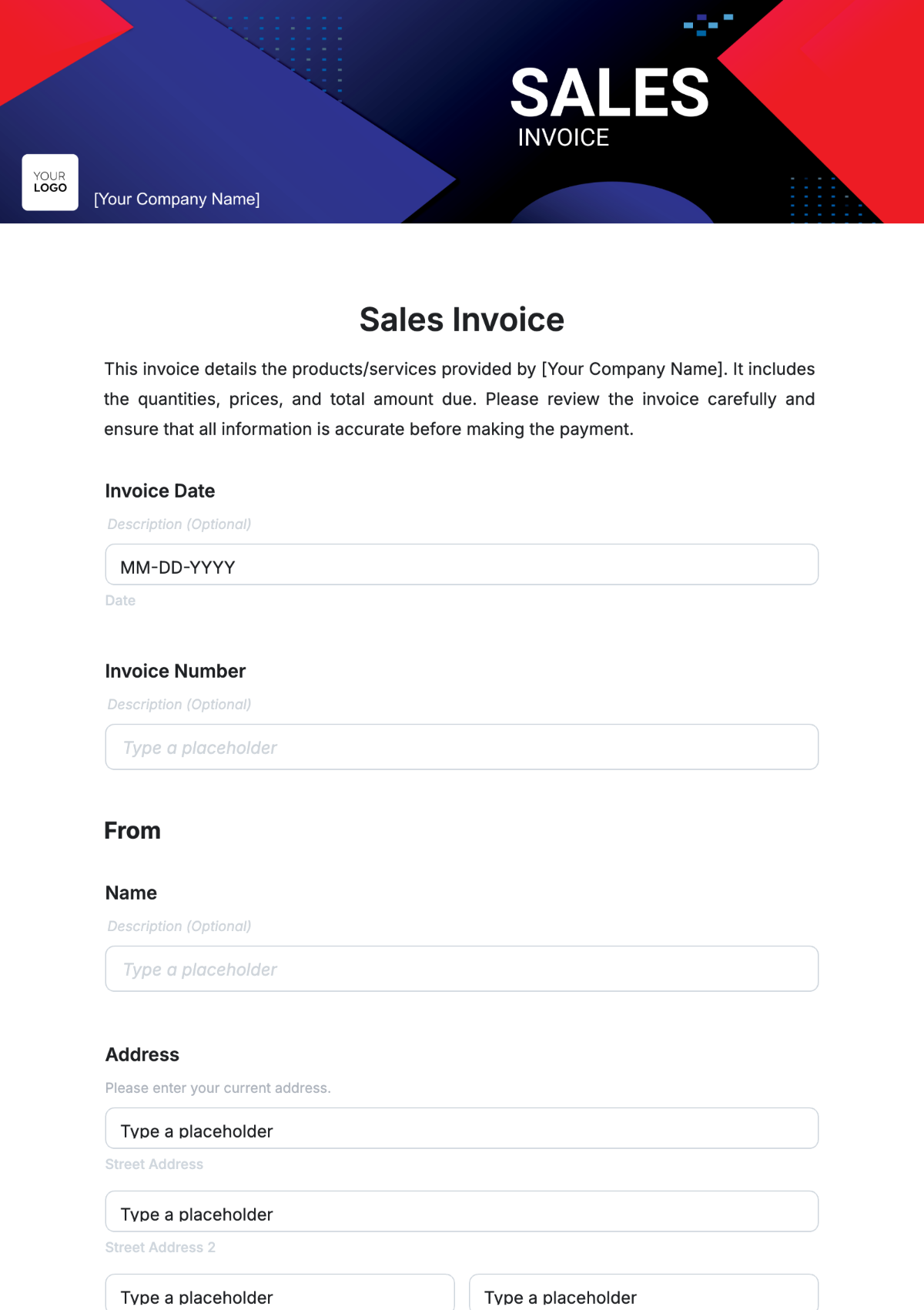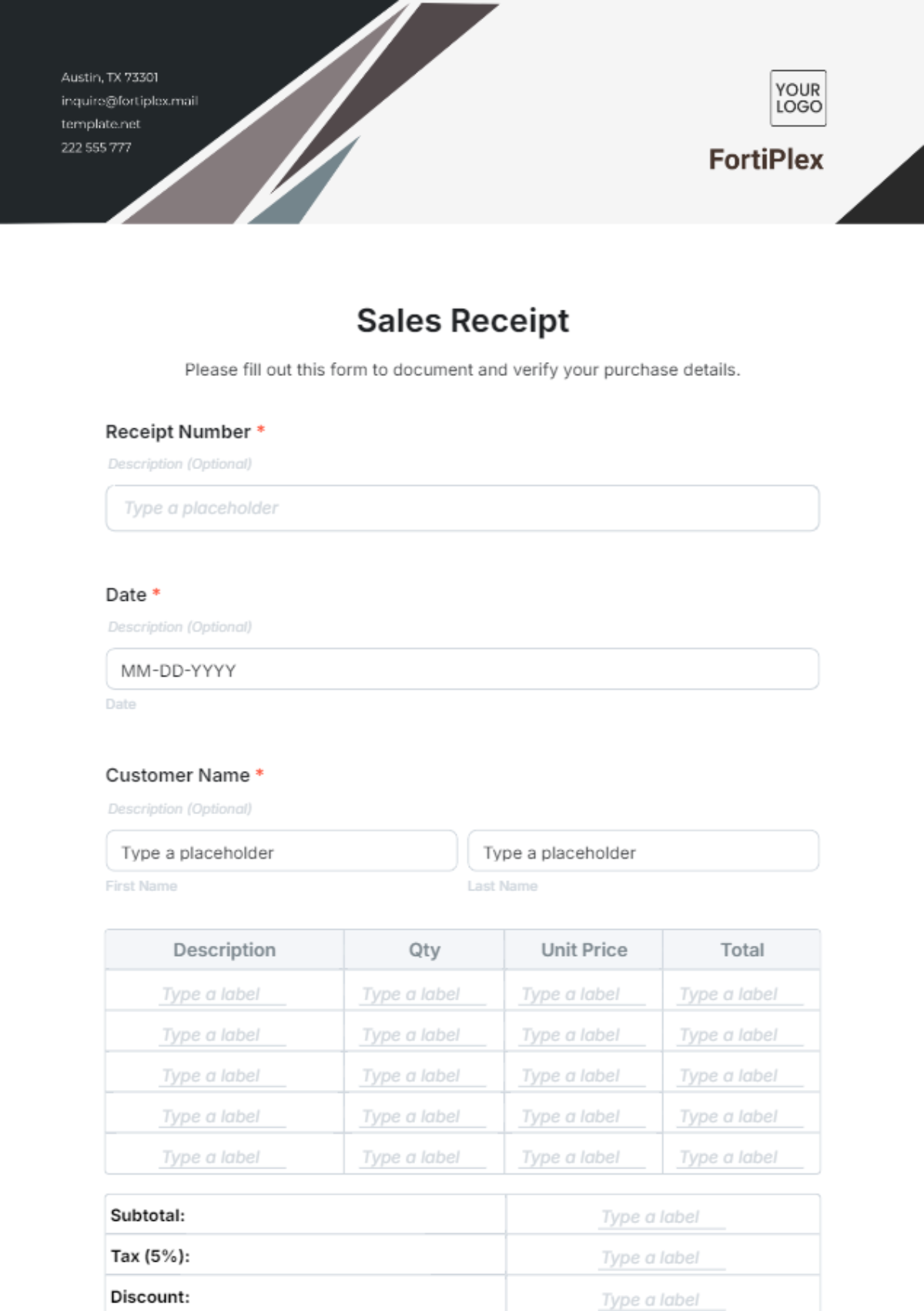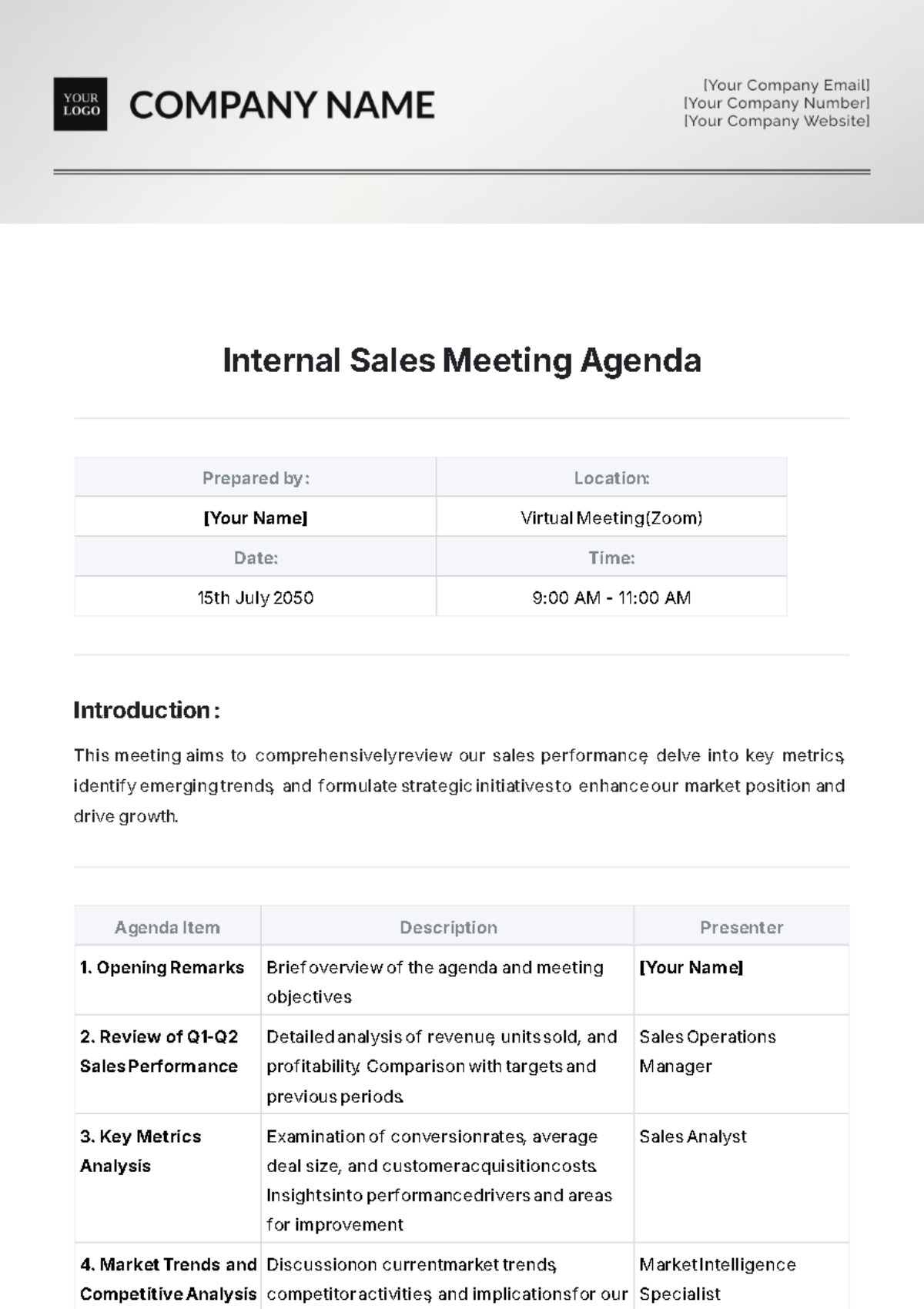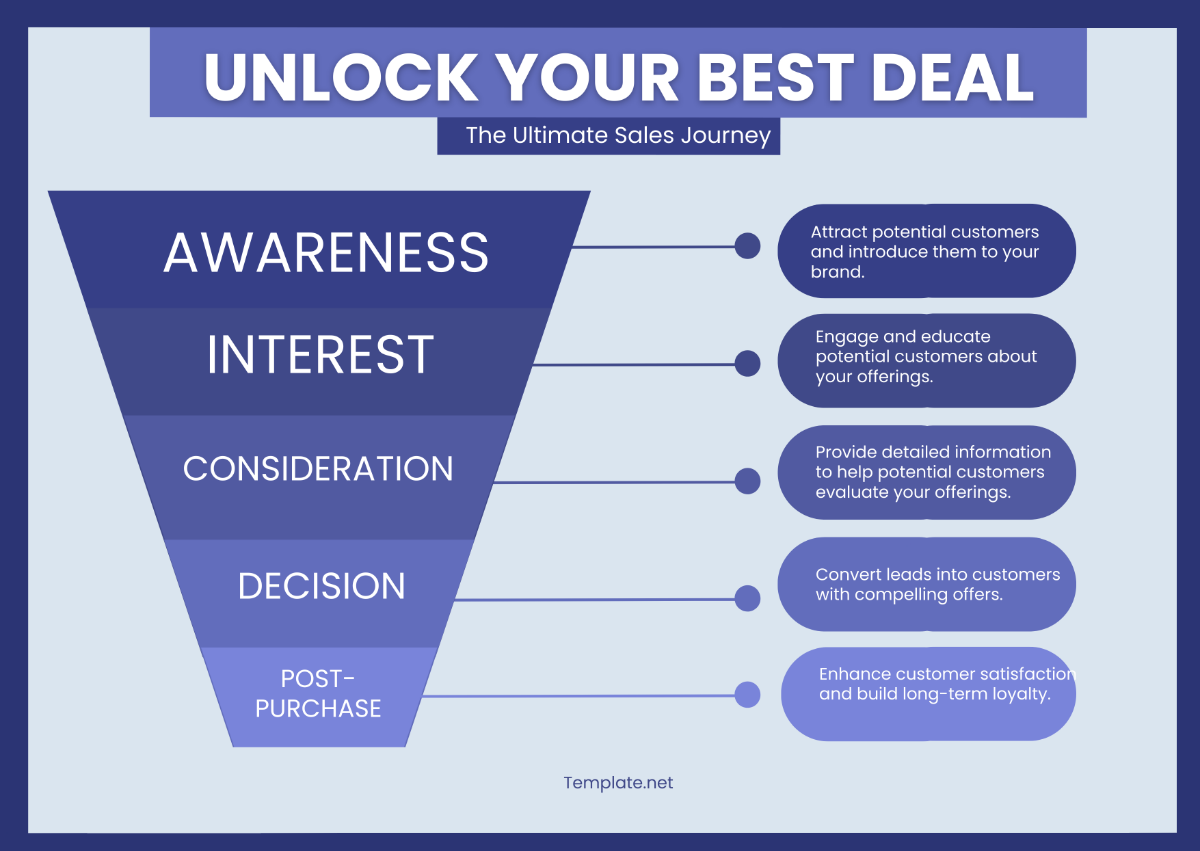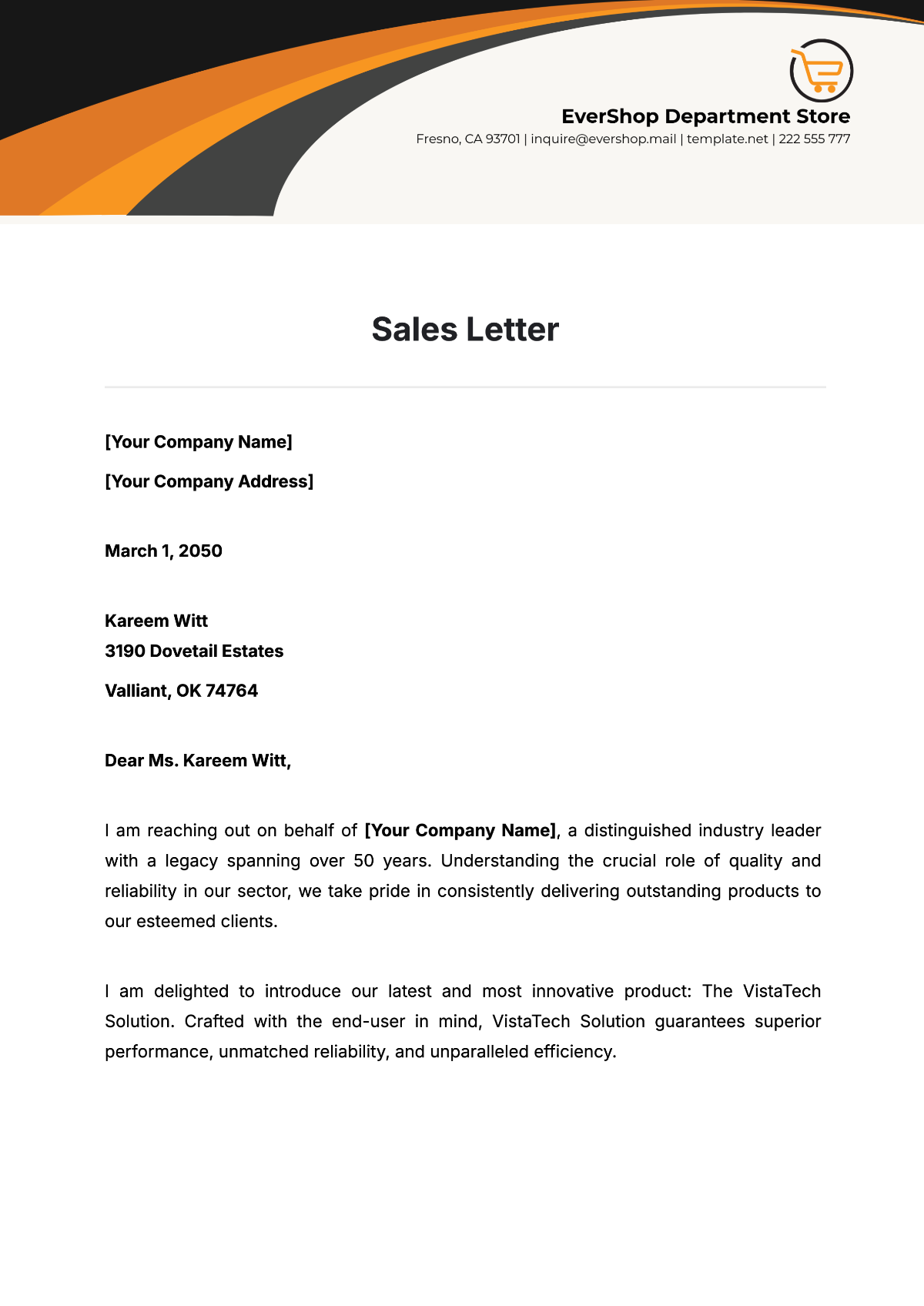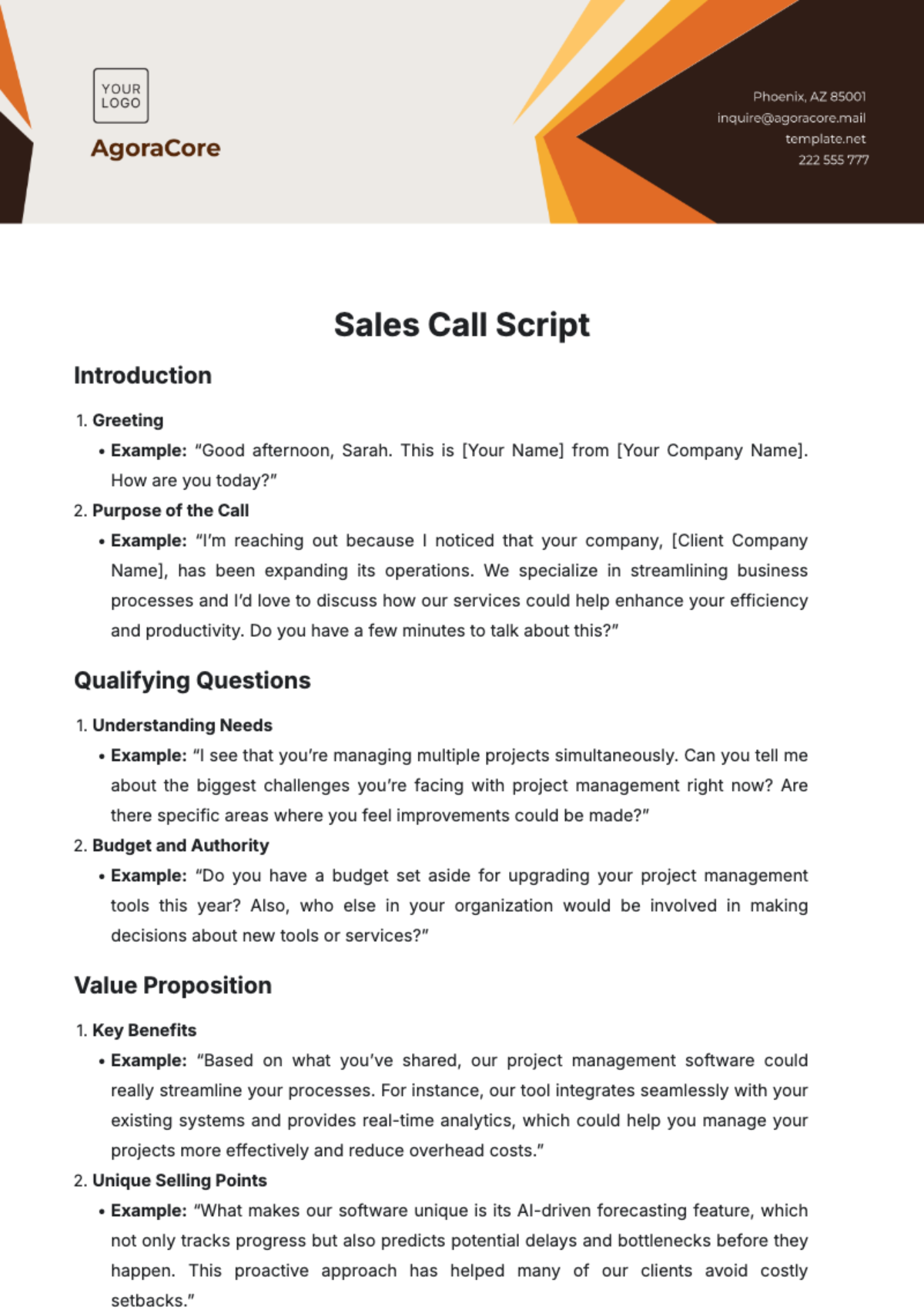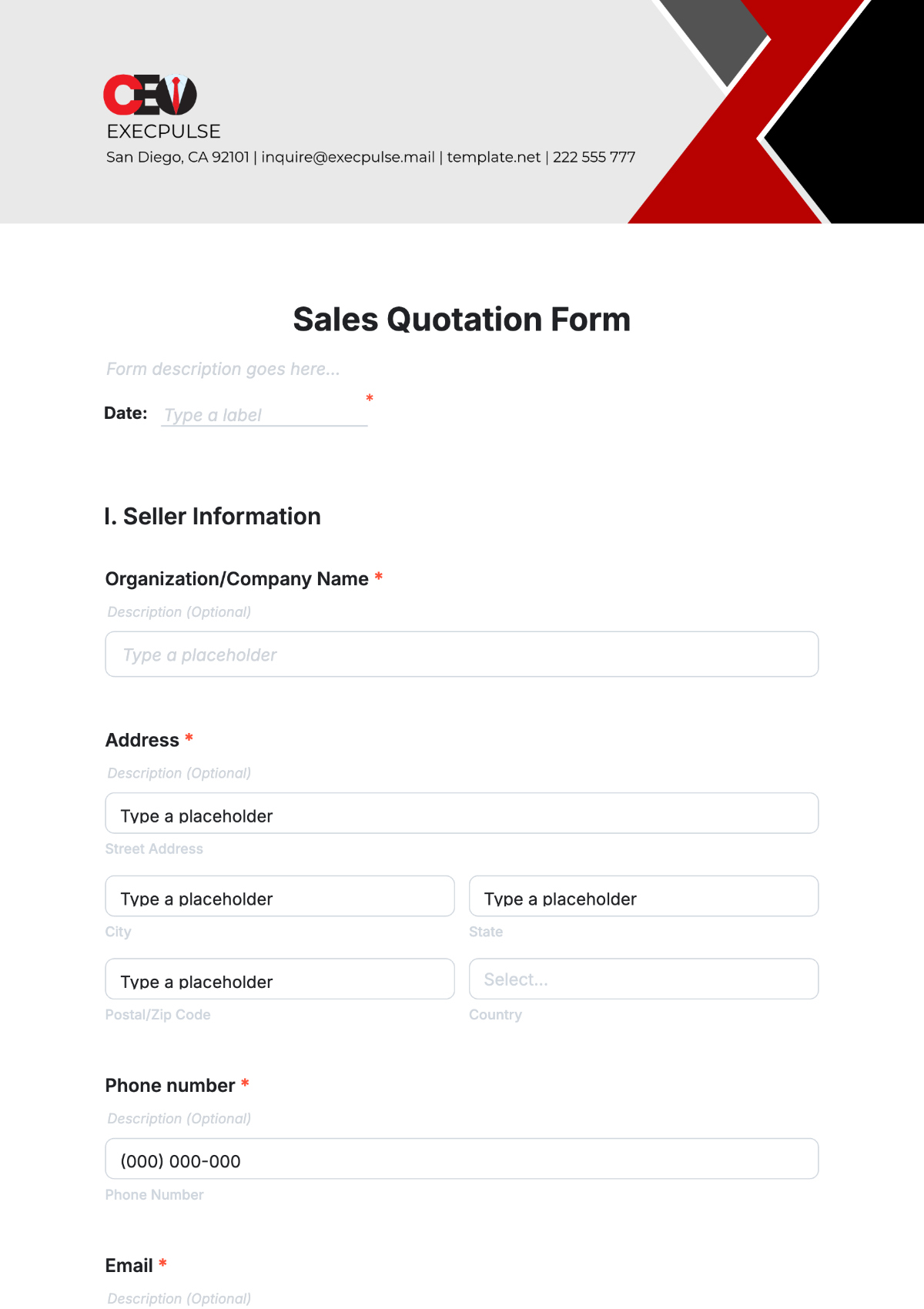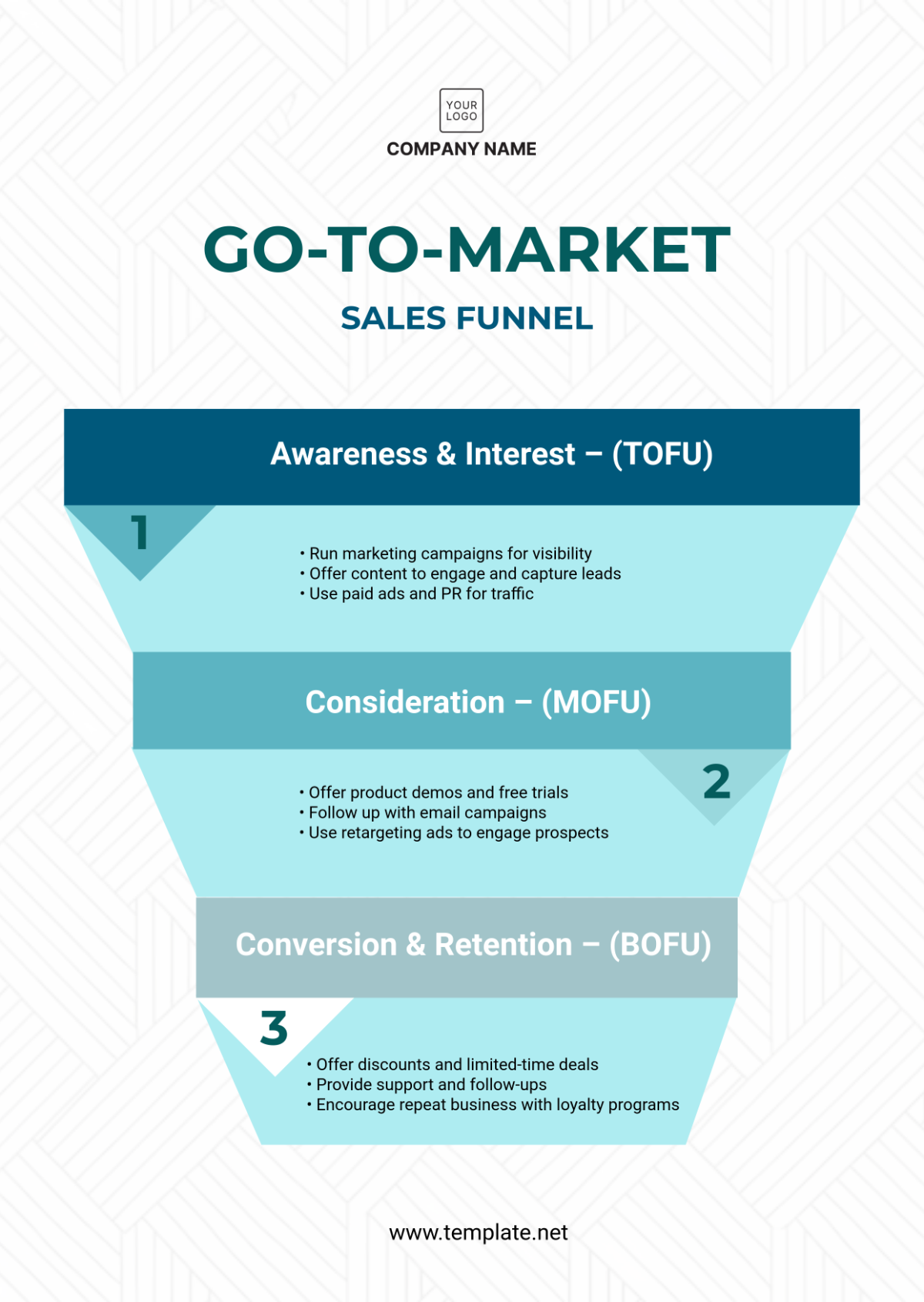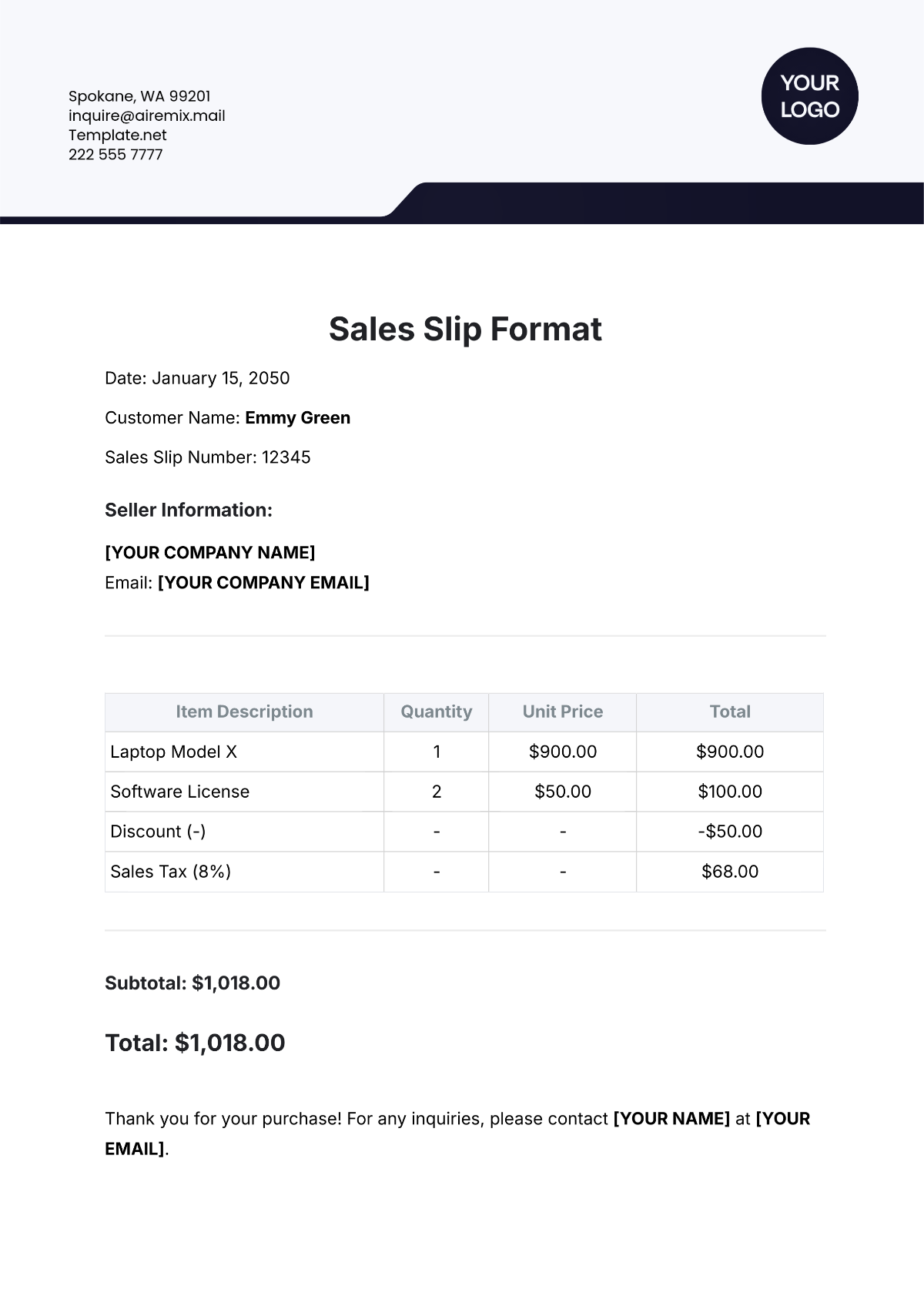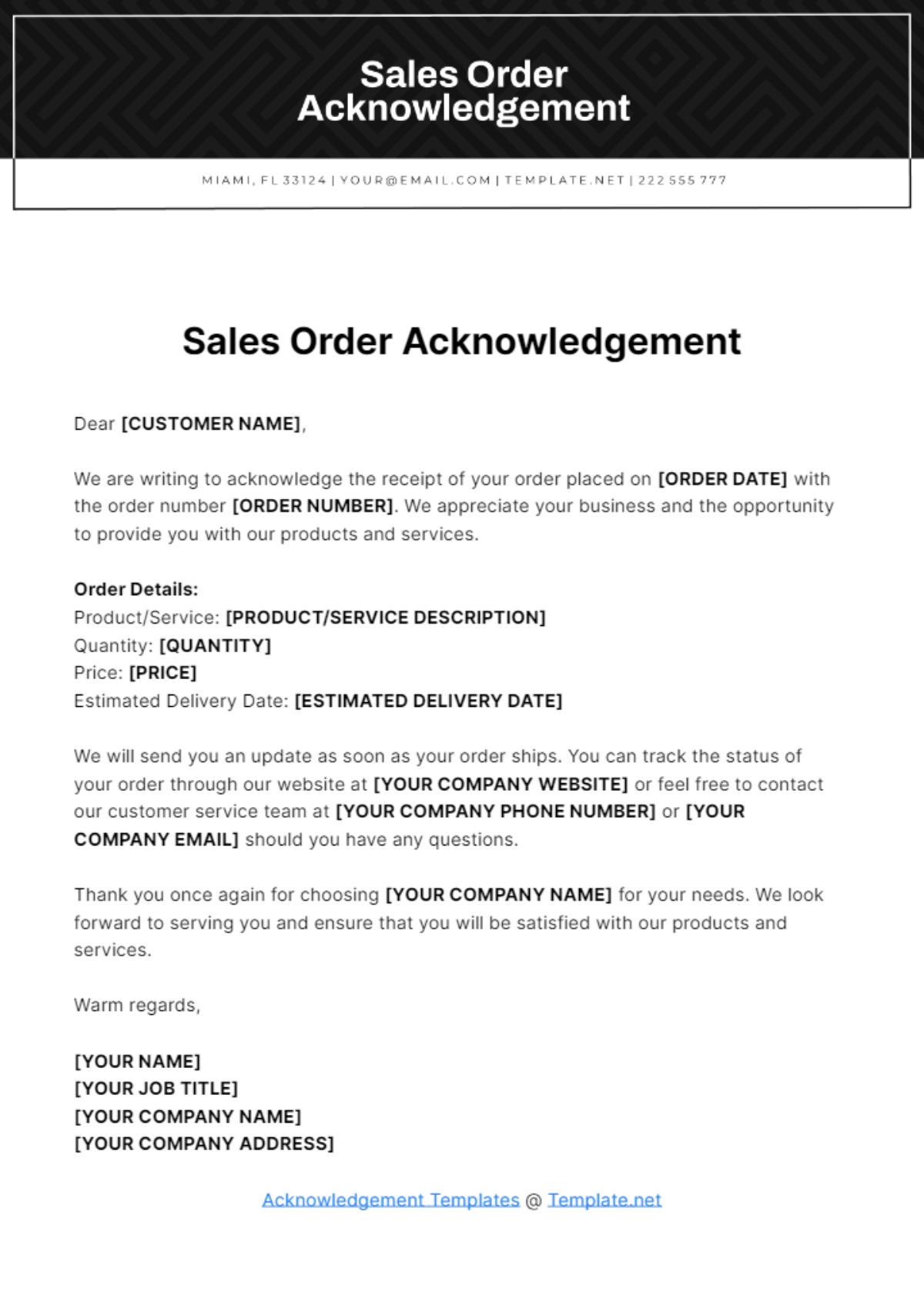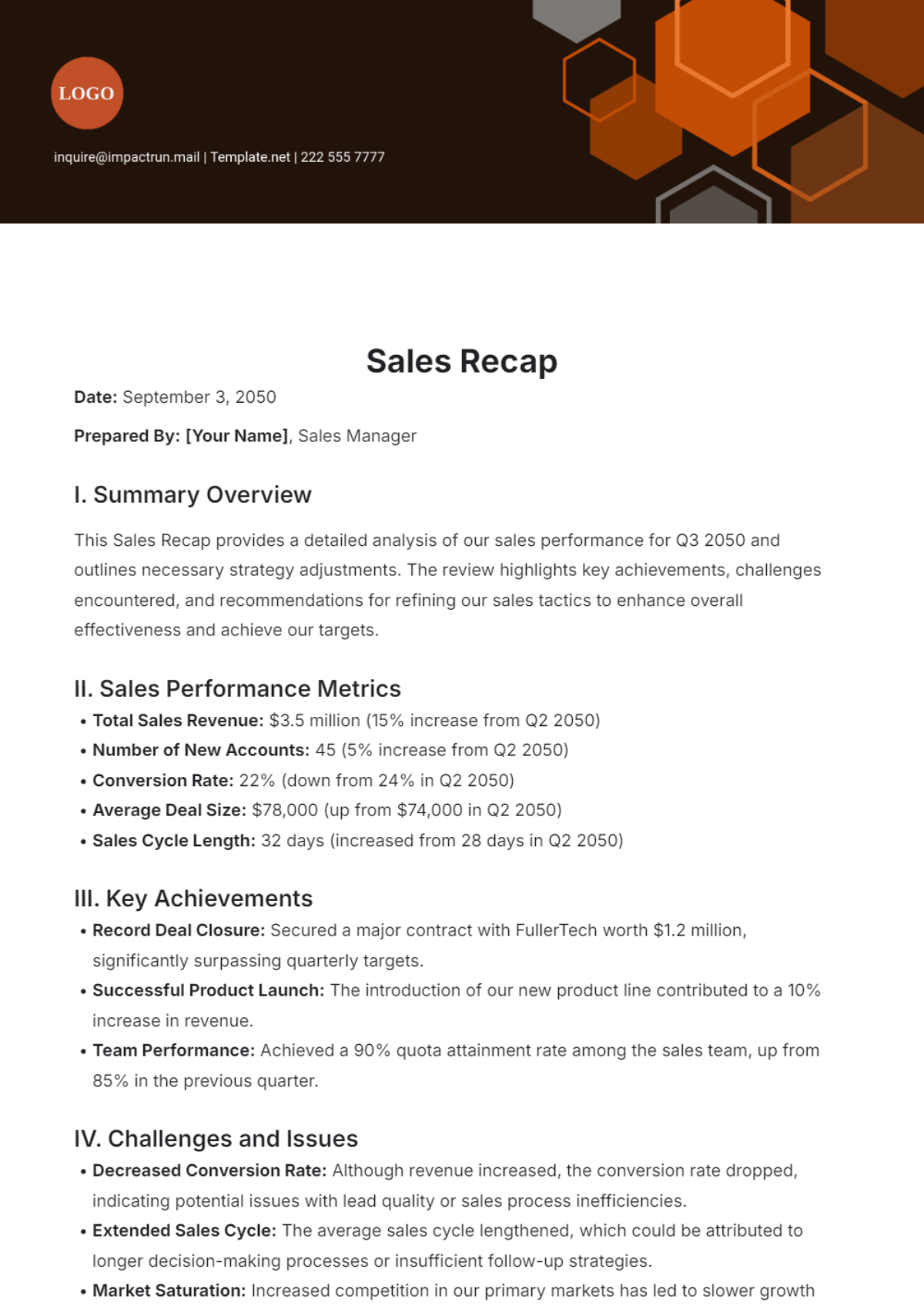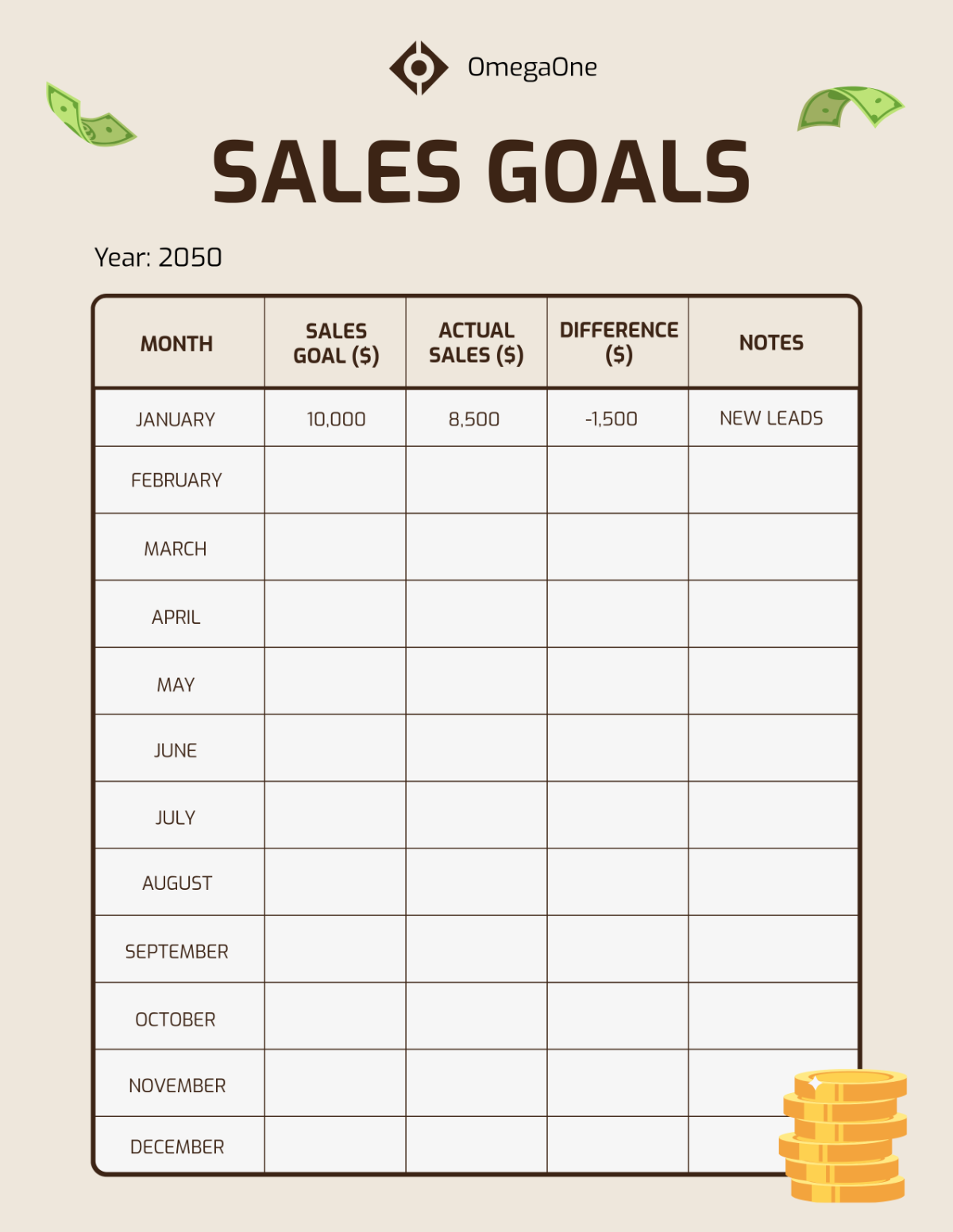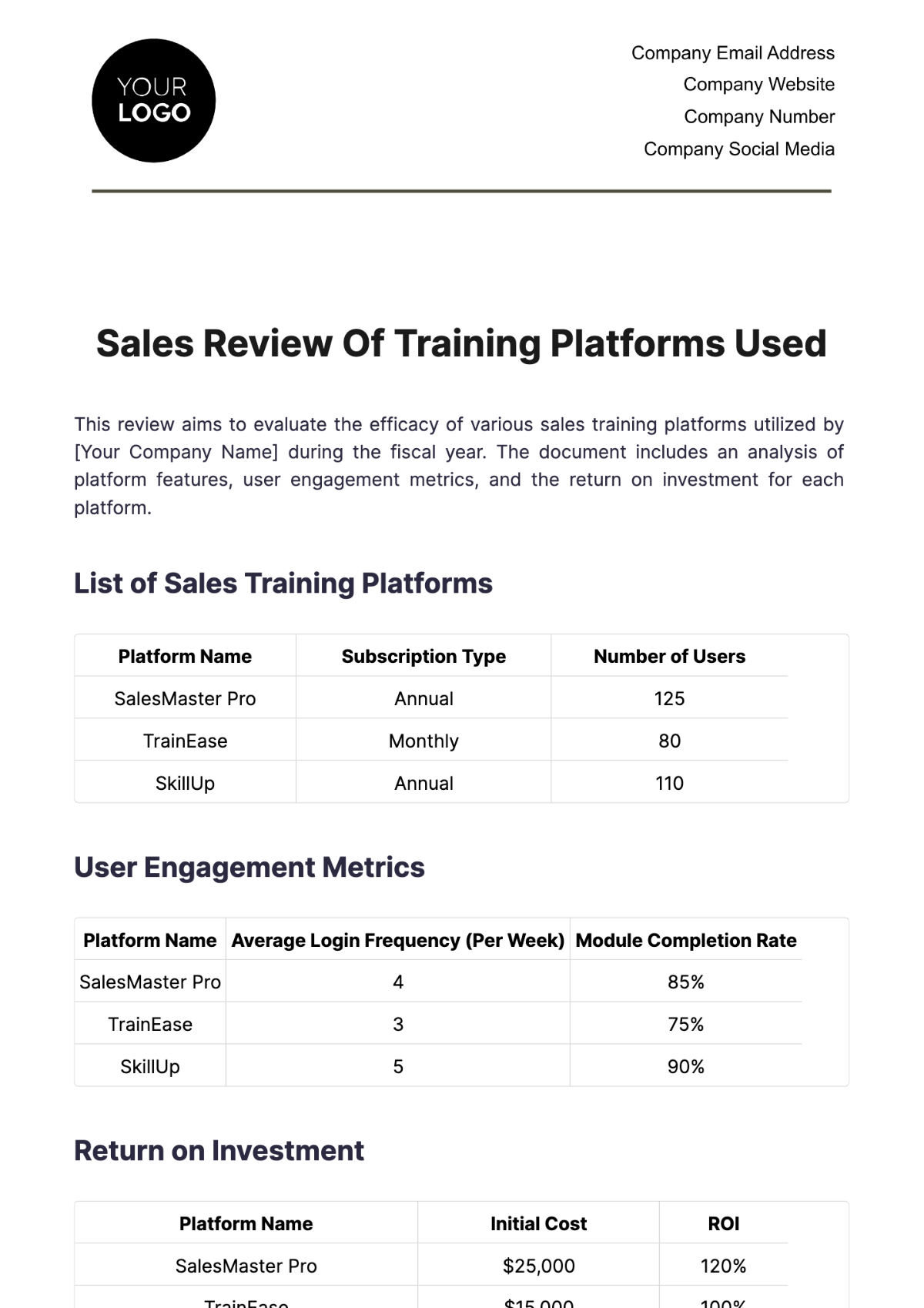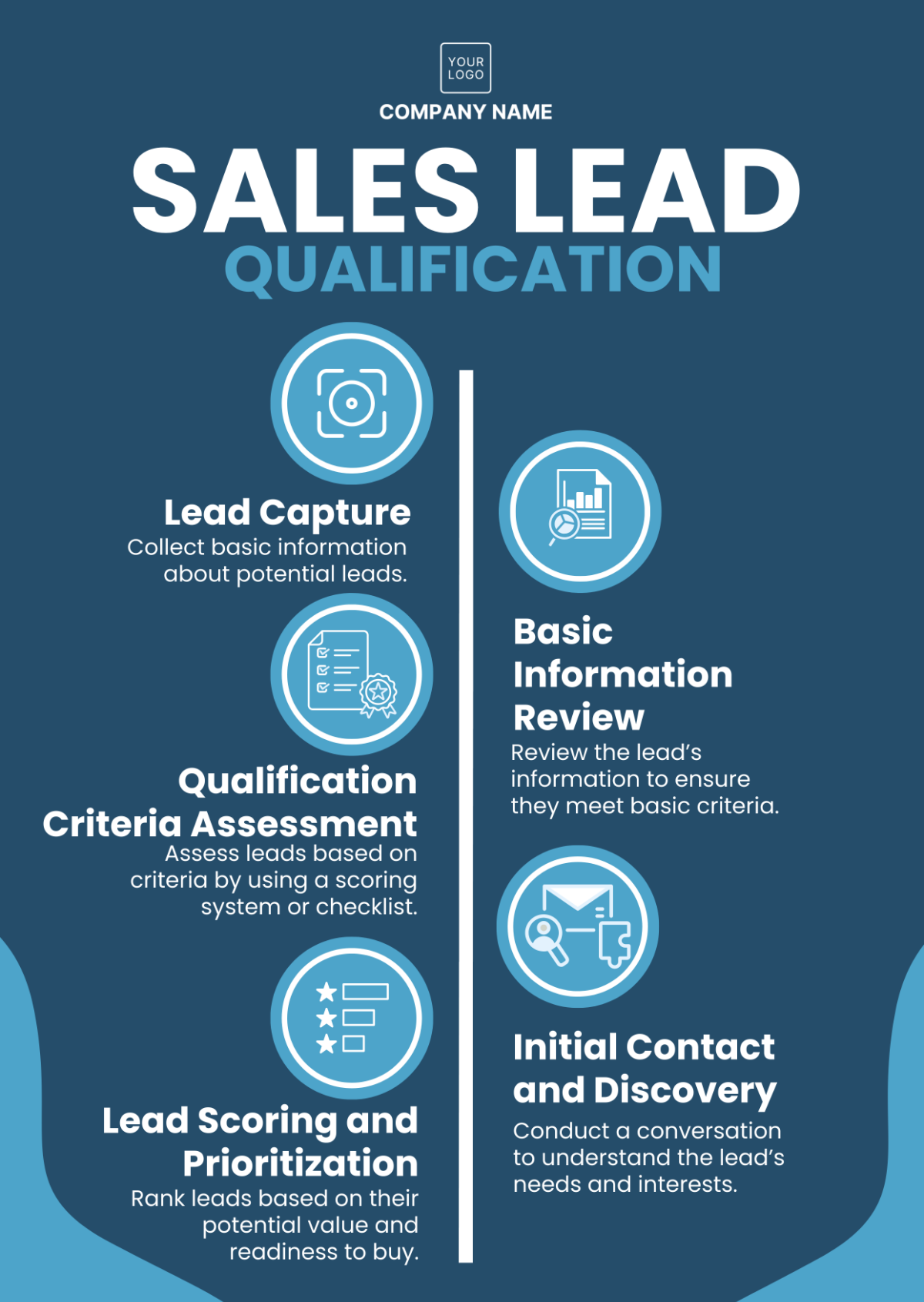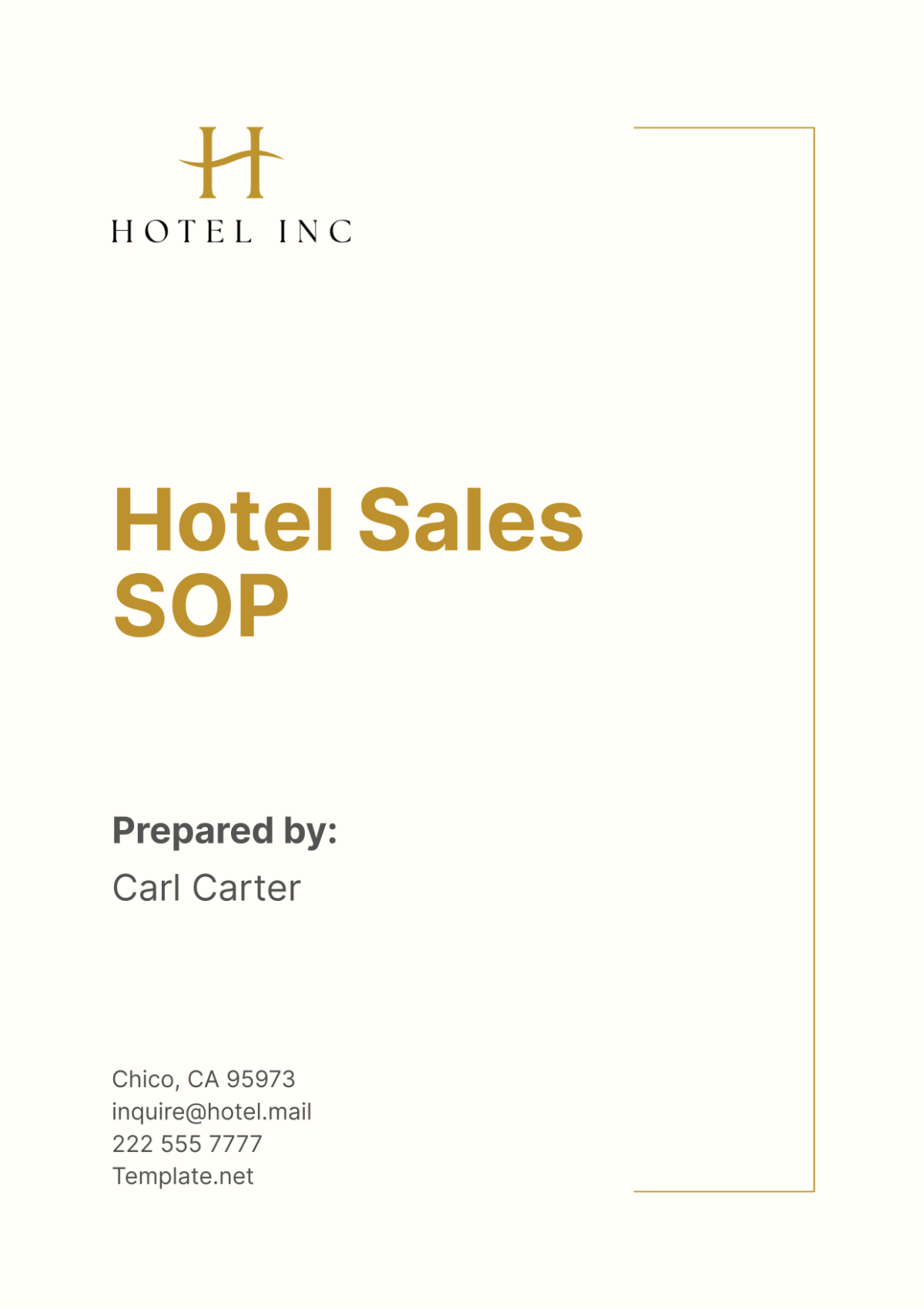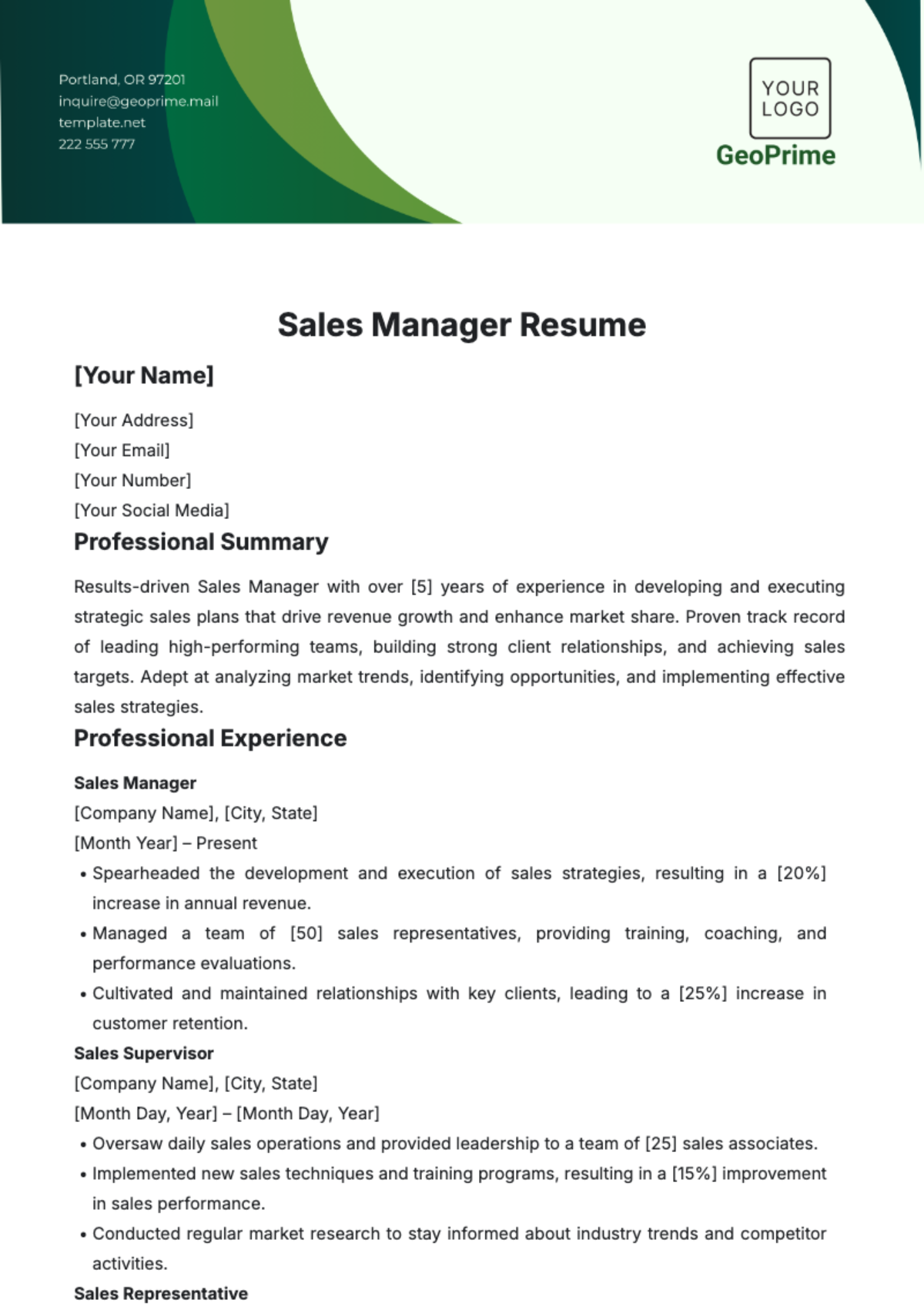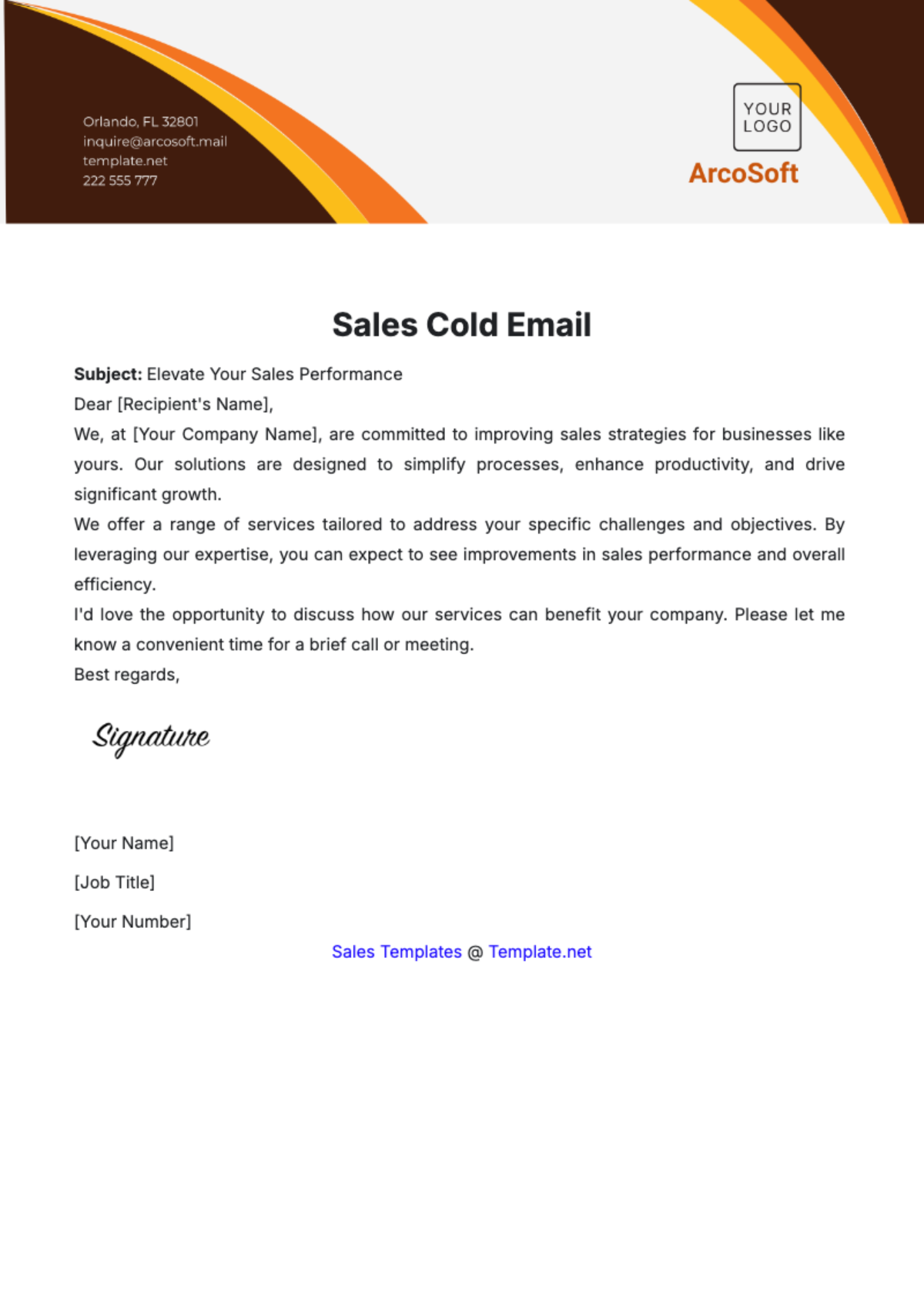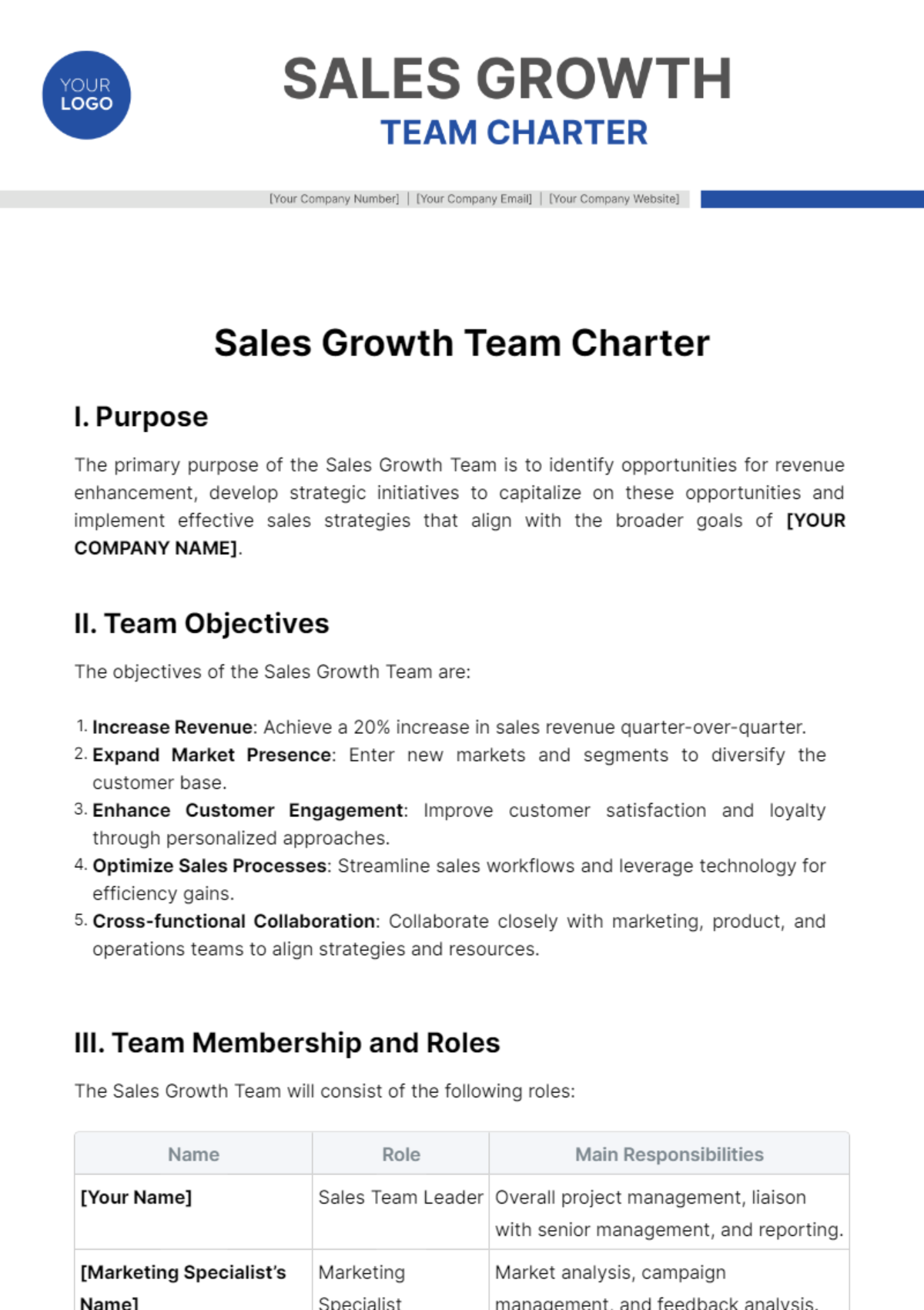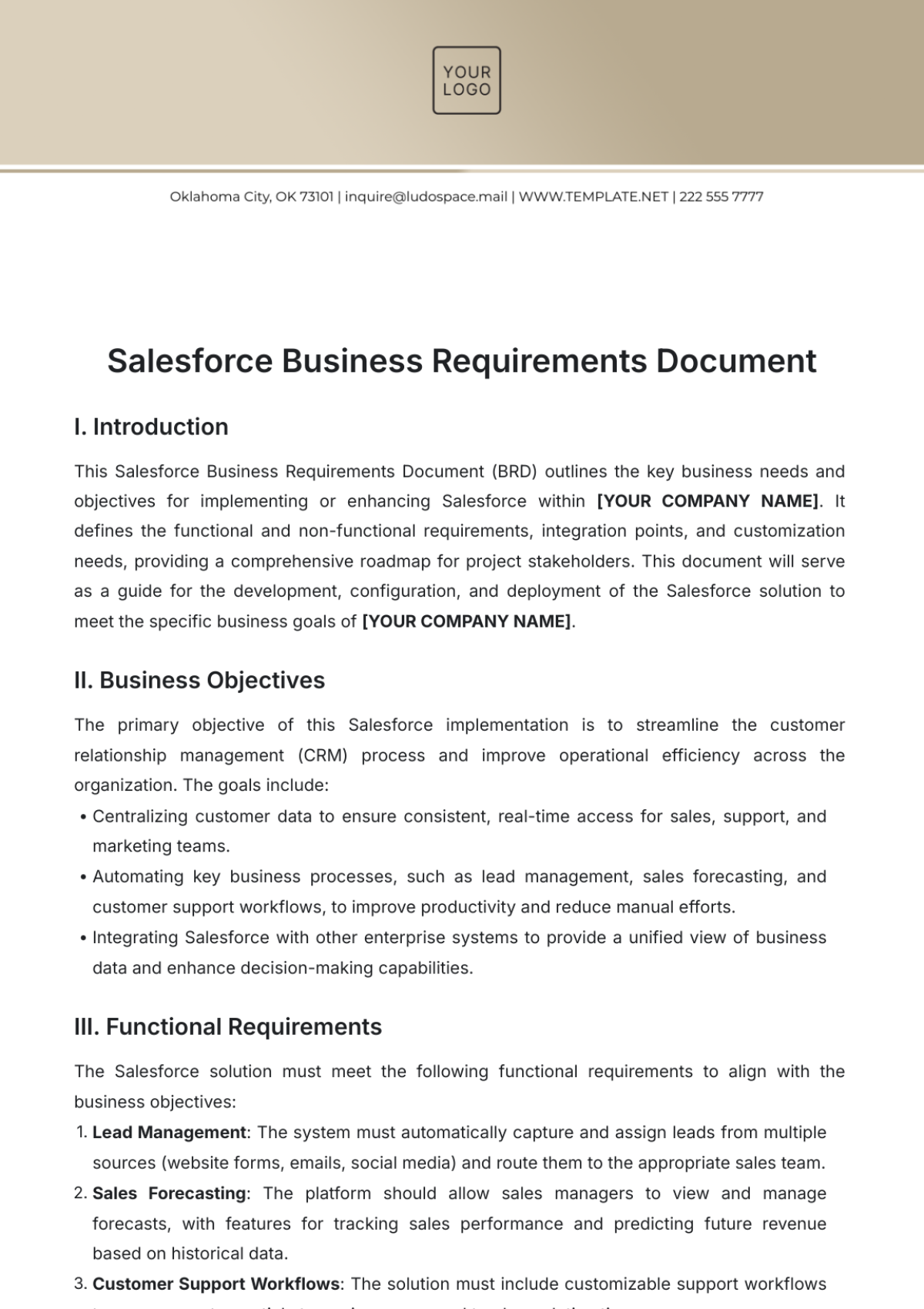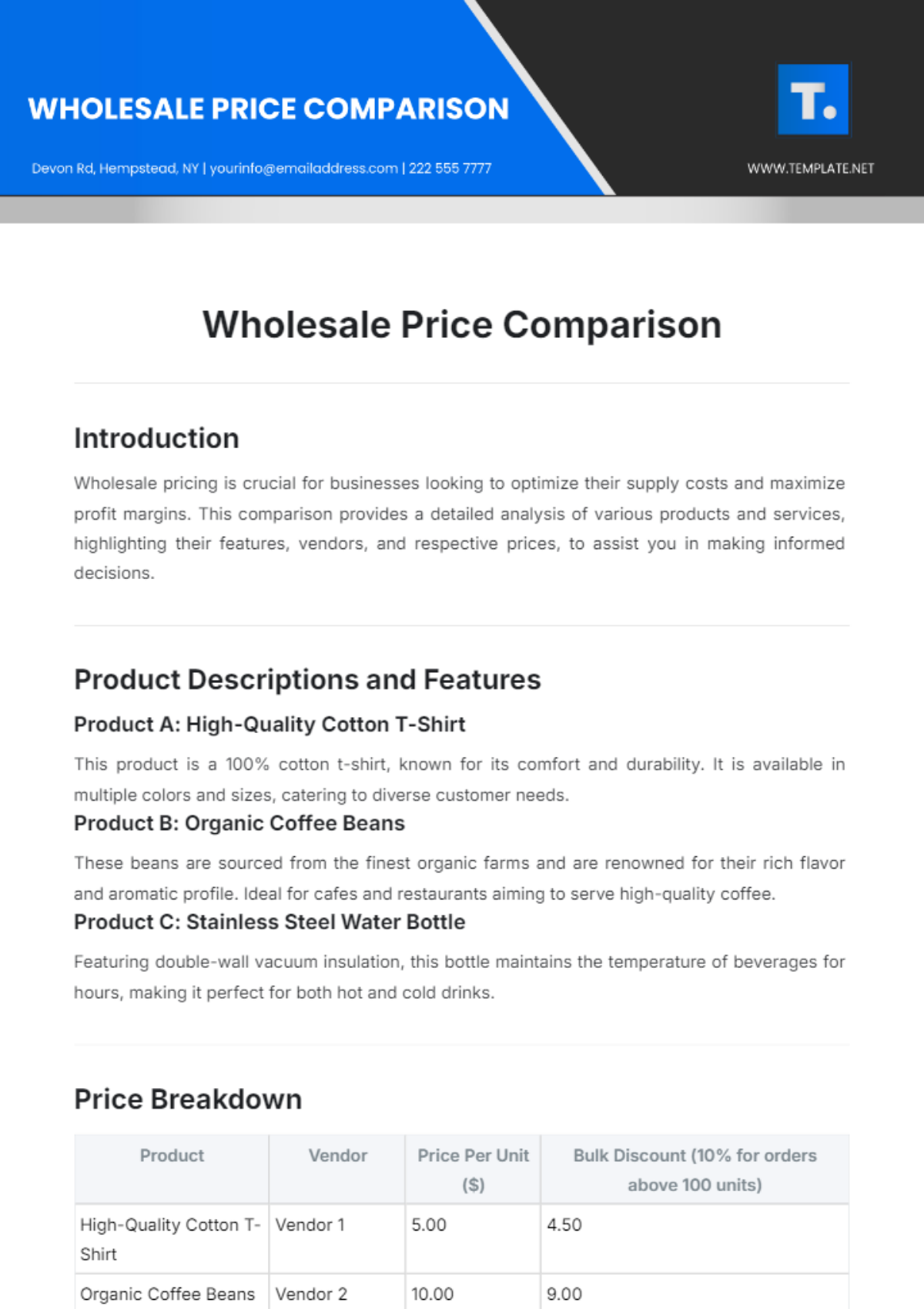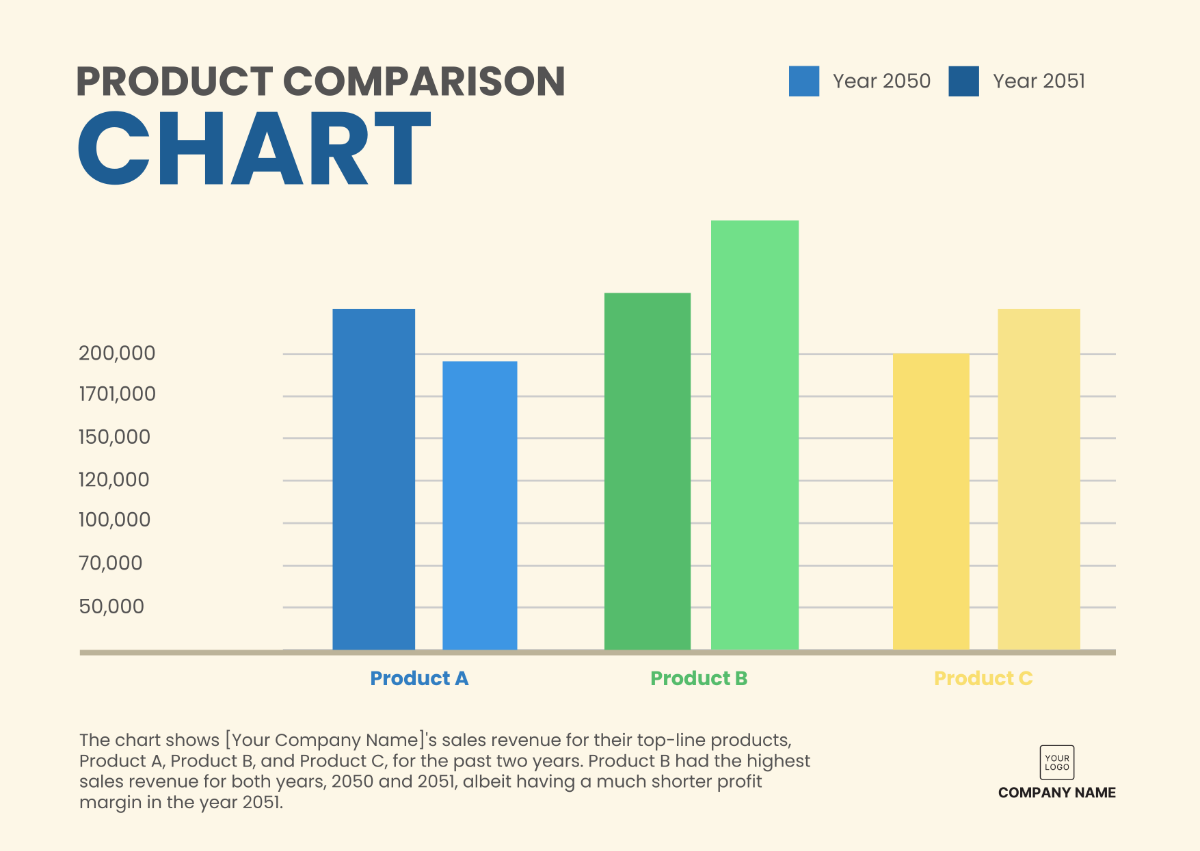Sales Account Transition Protocol For Managers
Purpose of the Protocol
The purpose of this Sales Account Transition Protocol is to establish a standardized and effective process for transitioning client accounts between managers within our company. This protocol is designed to ensure continuity in client service, maintain and enhance client relationships, and uphold the integrity and performance of the account during the transition phase. By adhering to this protocol, managers will be equipped with the tools and guidance necessary to execute transitions smoothly, minimizing disruption and maintaining client trust and satisfaction.
Importance of Smooth Account Transitions
Smooth account transitions are critical to sustaining the quality of client relationships and the ongoing success of our business operations. Effective transitions safeguard against the loss of valuable client information, ensure uninterrupted service delivery, and preserve the trust and confidence clients have in our company. They also facilitate a positive introduction of new account managers to clients, laying the groundwork for successful future interactions. Ultimately, managing transitions effectively is essential for retaining clients, optimizing account performance, and fostering long-term business growth.
Pre-Transition Preparation
Preparation is key to ensuring a smooth account transition. Managers are advised to begin planning as soon as a transition is anticipated. This includes reviewing the account's history, current activities, and future plans; organizing and updating all relevant account documentation; and preparing a comprehensive briefing for the incoming manager. Preparation should also involve setting up meetings with internal teams to discuss the transition and ensure all parties are informed and aligned on the approach and timing. This proactive approach ensures that the incoming manager is fully equipped with the knowledge and resources needed to take over the account seamlessly.
Criteria for Initiating an Account Transition
The decision to initiate an account transition is based on several critical criteria designed to ensure transitions occur for strategic and beneficial reasons. These criteria help in determining the appropriate timing and approach for each transition.
Criteria | Description |
Managerial Changes | Transitions due to personnel changes, promotions, or departures. |
Strategic Realignment | Adjustments in account management to better align with strategic goals. |
Client Request | Direct requests from clients for a change in account management. |
Performance Optimization | Changes aimed at optimizing account performance and client satisfaction. |
Geographic or Sector Realignment | Aligning account management with geographic or sector-based expertise. |
Account Information Compilation
Compiling comprehensive account information is a pivotal step in the transition process, ensuring the incoming manager has access to all necessary data to manage the account effectively from day one. This compilation serves as a detailed blueprint of the account's history, current status, and future trajectory, facilitating a seamless transition and continuity in strategy and client service.
Checklist of Critical Account Information to Compile
Client contact details (primary and secondary contacts)
Contract specifics (terms, duration, renewal dates)
Historical performance data (sales figures, growth metrics)
Ongoing projects and initiatives (current status, key milestones, deadlines)
Previous communications and correspondence
Client feedback and satisfaction surveys
Financial information (billing, payment history)
Service or product delivery logs
Strategic plans or future opportunities identified
Any challenges or issues currently being addressed
Guidelines for Organizing and Updating Account Documentation
Ensure all documents are stored in a centralized, secure, and accessible digital location.
Regularly update documents to reflect the most current information and status.
Use a standardized naming convention for files to facilitate easy searching and retrieval.
Maintain a log of updates and changes to the account documentation for tracking purposes.
Secure sensitive information, allowing access only to authorized personnel.
Client Communication Strategy
Effective communication with the client about the transition is critical to maintaining trust and ensuring continuity. The strategy should be tailored to each client, considering their preferences and the nature of the relationship.
Timing and Notification: Inform the client about the transition as soon as practical, allowing ample time for them to adjust to the change.
Method of Communication: Utilize the client's preferred communication channels, whether it's email, phone, or in-person meetings, to deliver the message.
Introduction of New Account Manager: Arrange a formal introduction of the new account manager, including their background and experience relevant to the client's needs.
Assurance of Continuity: Reassure the client that the transition will not disrupt the service or quality they have come to expect.
Availability for Questions or Concerns: Offer opportunities for the client to discuss the transition, express any concerns, and ask questions.
Follow-Up Communication: Schedule follow-up communications after the initial transition period to ensure the client is satisfied and to address any emerging issues.
Internal Handover Process
The internal handover process is a critical phase where the outgoing account manager transfers knowledge and insights to the incoming manager. This process is meticulously designed to ensure no detail is overlooked, thereby preserving the continuity and integrity of client management and service delivery. It involves a systematic approach to sharing historical data, current account status, and future strategies.
Steps in the Internal Handover Process
Schedule a handover meeting with key internal stakeholders.
Compile and review all account documentation.
Discuss the account's historical performance and future potential.
Review any ongoing projects, challenges, and strategic plans.
Share insights about the client's preferences, expectations, and feedback.
Key Topics to Cover
Client background and industry overview
Summary of the account's financial performance
Detailed review of current projects and pipeline opportunities
Overview of past challenges and resolutions
Client's communication preferences and key contacts
Strategic importance of the account to the organization
Client Introduction to New Account Manager
Introducing the new account manager to the client is a delicate process that sets the tone for future interactions. This introduction should be thoughtfully planned to ensure a smooth transition, fostering a sense of confidence and continuity for the client. Here are some best practices to consider:
Conduct the introduction as a joint meeting with the outgoing and incoming account managers present.
Provide a brief professional background of the new account manager, emphasizing their expertise and relevance to the client's business.
Reiterate the organization's commitment to the client's success and the strategic value of the partnership.
Encourage open dialogue, allowing the client to express any concerns or ask questions.
Outline the next steps and immediate priorities to assure the client of continued focus and service excellence.
Post-Transition Support and Monitoring
After the transition, ongoing support for the new account manager and continuous monitoring of the account's performance are crucial to ensuring a successful transition and maintaining client satisfaction.
Metric | Target Figure |
Client Satisfaction Score | ≥ 90% |
Response Time to Client Inquiries | Reduction by 20% |
Client Retention Rate | Maintain at ≥ 95% |
Upsell/Cross-sell Success Rate | Increase by 15% |
Feedback on Transition Experience | 100% positive feedback |
Troubleshooting Common Challenges
Transitioning client accounts can encounter several challenges that, if not addressed promptly and effectively, could impact client satisfaction and the relationship's continuity. Recognizing and preparing for these potential issues is crucial for a smooth transition.
Challenge | Strategy |
Client Resistance to Change | Engage in open dialogue, reinforcing the benefits of the transition and the new manager's qualifications. |
Miscommunication During Handover | Implement a detailed handover checklist and ensure a joint meeting between outgoing and incoming managers with clear documentation. |
Loss of Critical Account Knowledge | Maintain a comprehensive and up-to-date digital account repository accessible to the new manager. |
Disruption in Service Delivery | Plan the transition to minimize disruption, ensuring overlap and support during the changeover period. |
Uncertainty Among Team Members | Communicate the transition plan clearly to all team members, defining roles and expectations during and after the transition. |
Continuous Improvement
The commitment to continuous improvement is fundamental to refining our Sales Account Transition Protocol. By soliciting feedback from all stakeholders involved in the transition process—clients, outgoing managers, incoming managers, and team members—we can identify strengths and areas for enhancement. This feedback loop, coupled with regular reviews of transition outcomes against our metrics for success, allows us to make data-driven adjustments to our protocol, ensuring it remains effective and responsive to the evolving needs of our clients and our organization.
Conclusion
The Sales Account Transition Protocol for Managers is a critical component of our strategy to maintain and enhance client relationships during transitions. By following this structured approach, we ensure that transitions are managed effectively, minimizing disruption and maintaining the high standard of service our clients expect. The protocol not only addresses the logistical aspects of account transitions but also considers the human element, ensuring clear communication and support for all parties involved. Through ongoing monitoring, troubleshooting common challenges, and a commitment to continuous improvement, we can adapt and refine our approach to meet the changing dynamics of our business and client needs, ultimately driving continued success and client satisfaction.




